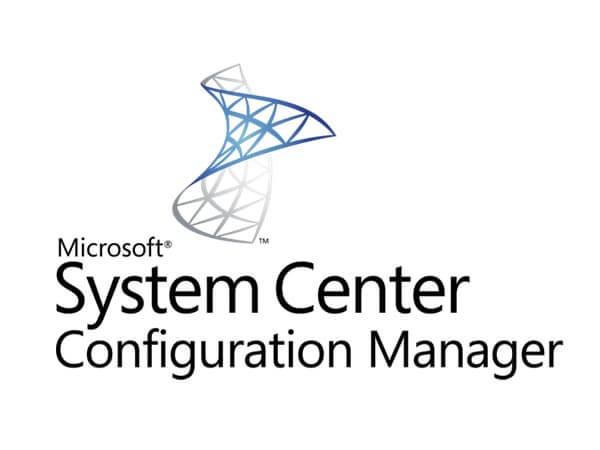SCCM 1904 Prévia técnica.
There’s a new Office 365 readiness dashboard. It includes the Office 365 ProPlus upgrade readiness tile that released in Configuration Manager current branch version 1902. The following new tiles on this dashboard help you evaluate Office add-in and macro readiness:
- Add-in readiness
- Add-in support statements
- Top add-ins by count of version
- Number of devices that have macros
- Macro readiness
This preview release also includes:
Configure dynamic update during feature updates – Use a new client setting to configure dynamic updates for Windows 10 feature updates. The dynamic update can install language packs, features on demand, drivers, and cumulative updates during Windows setup.
Community hub and GitHub – The community hub fosters creativity by building on others’ work and having other people build on yours. GitHub already has industry-wide processes and tools built for sharing. Agora, the community hub will leverage those tools directly in the Configuration Manager Console as foundational pieces for driving this new community.
CMPivot standalone – You can now use CMPivot as a standalone app. Run it outside of the Configuration Manager console to view the real-time state of devices in your environment.
Software Center infrastructure improvements – This release includes the following infrastructure improvements to Software Center:
- For apps targeted to users as available, Software Center now gets them from the management point. It does this behavior even if the site has application catalog roles. This change makes it easier for you to remove these site roles.
- Anteriormente, Software Center picked the first management point from the list of available servers. Starting in this release, it uses the same management point that the client uses. This change allows Software Center to align with the client and have the same fallback behavior.
Improved control over WSUS Maintenance – You now have more granular control over the WSUS maintenance tasks that Configuration Manager runs to maintain healthy software update points. In addition to declining expired updates in WSUS, Configuration Manager can now add non-clustered indexes to the WSUS database.
Pre-cache driver packages and OS images – Task sequence pre-cache now includes additional content types. Pre-cache content was previously only applied to OS upgrade packages. Now you can use pre-caching to reduce bandwidth consumption of OS images and driver packages.
Improvements to OS deployment – This release includes the following improvements to OS deployment:
- Two PowerShell cmdlets to create and edit the Run Task Sequence step:
- New-CMTSStepRunTaskSequence
- Set-CMTSStepRunTaskSequence
- New task sequence variable, SMSTSRebootDelayNext. Use this new variable with the existing SMSTSRebootDelay If you want any later reboots to happen with a different timeout than the first, set SMSTSRebootDelayNext to a different value in seconds.





















